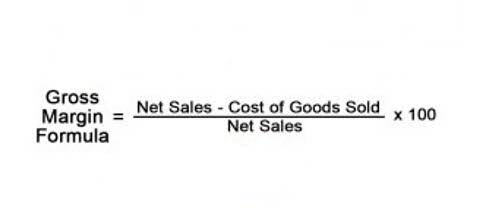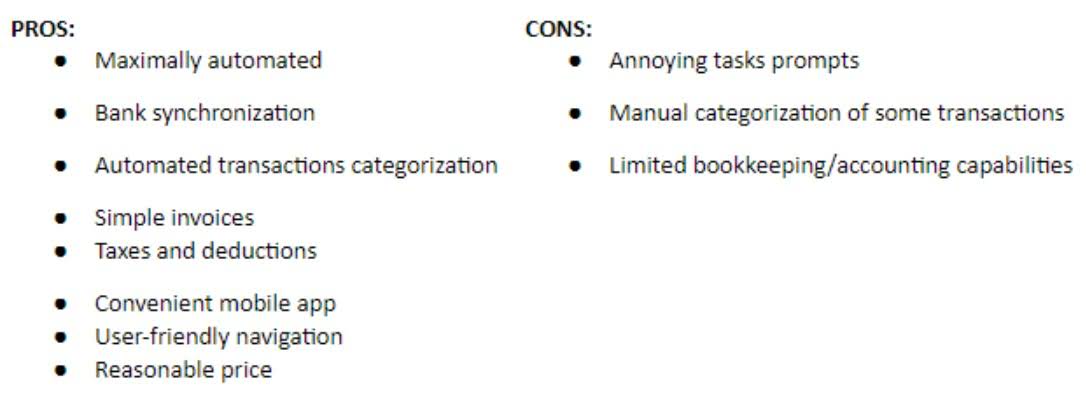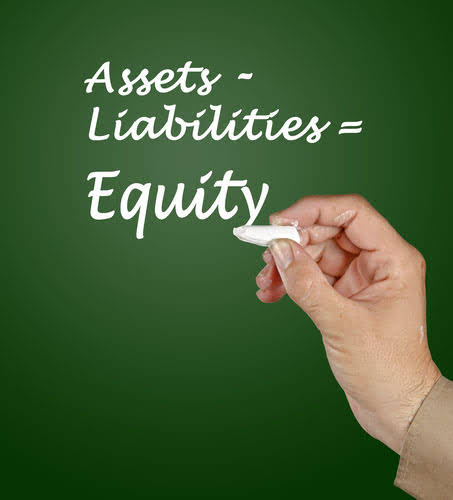
Most of the time, non-operating expenses are presented separately from operating expenses in a company’s income statement in order to bring out its level of operational efficiency. Business enterprises distinguish between operating and non-operating expenses in order to help them assess core profitability for strategic decision-making. Effectively managing expenses is critical for your company’s financial health. Low operating costs can save your business money and improve your bottom line, but this could also make it harder to operate, which impacts your competitiveness.

Evaluate Insurance Policies

They are categorized into accrued expenses, fixed expenses, non-operating expenses, operating expenses, prepaid expenses, and variable expenses. In contrast, non-operating expenses are costs that arise from activities outside the normal scope of business operations. These are usually irregular or one-time costs not directly related to delivering products or services. Flexible Spending Accounts, commonly known as FSAs, are employer-sponsored benefit plans designed to help individuals manage certain out-of-pocket expenses with pre-tax money. Employees can elect to set aside a portion of their salary into these accounts, which is then exempt from federal income tax, Social Security, and Medicare taxes. This tax advantage reduces an individual’s taxable income, providing a way to save money on qualifying healthcare or dependent care costs.
- Distinguishing between fixed and variable costs provides insights for financial analysis.
- Therefore, the business incurred $80,000 in expenses to generate $100,000 in revenue.
- Managing both types of expenses effectively involves tracking, forecasting, and optimizing to balance budgeting and profitability.
- However, please note that the content provided on our website is for informational and educational purposes only, and should not be considered as professional financial or legal advice.
- Since variable expenses can sometimes be unpredictable, it’s wise to build a financial buffer into your budget.
- Another common type of capital expenditure is investing in real estate, whether it be purchasing commercial property for expansion or building new office space from scratch.
An Example of Expenses and Its Accounting
Rewards are subject to the terms and conditions disclosed when you opened your account and any subsequent amendments. If you drop your children off at a day care center or use a nanny, you’ll need to account for that expense in your budget. Although child care is considered a fixed expense, the cost can vary in certain situations. Those can include price increases or additional charges for things like late pickups. Finding child care when centers are closed or nannies are unavailable can also add to monthly costs.
How to Build Conflict Resolution Skills: Case Studies and Examples
On the other hand, owing to flexibility, variable expenses can be reduced based on performance, which helps in the management of business profitability. In this regard, sufficient tracking and control of variable expenses are important for responding to changes in business conditions and maintaining financial stability. Operating expenses are costs directly related to the daily activities of the company. They are the costs incurred to keep up regular business operations so as to offer products or services to customers. Their examples include wages, utilities, rent, office supplies, and advertising.


There is no set amount of budget categories that you need, and the right amount for you will depend on your financial goals. Once you know what your average spending looks like then it’s just a matter of adjusting your budget categories so your spending is aligned with your goals. For example, say you give yourself a budget of $200 to eat out each month. Now, whenever you want to eat out you have to use this account and when it runs out of money then you’re done eating out for the month. Another strategy is to separate your spending into different “money buckets”.
Tips for Managing and Tracking Expenses Effectively
Knowing the difference between variable and fixed costs is essential for managing your business budget effectively. Fixed expenses stay the same each month, two types of expenses giving you a predictable foundation, while variable expenses change with your business activity. Variable costs are more difficult to predict because these expenses can increase or decrease depending on how busy your business is. However, they offer flexibility in your budget, allowing you to adjust spending based on current needs.
Individual Tax Forms
Prepaid expenses are listed as current assets until they’re used, and accrued expenses show up as liabilities until they’re paid. The better the expenses are categorized, the more useful the income statement becomes for tracking trends, calculating margins, and identifying areas of overspending. The expense flows straight to the income statement, lowering net income for the period. And because net Accounts Receivable Outsourcing income flows into retained earnings, the reduction in earnings also reduces owner’s equity. COGS represents the direct costs of producing goods or delivering services. When expenses are tracked properly, it’s easier to analyze historical trends and build realistic budgets.

Why is budgeting important?
They show up on the income statement and are deducted from revenue to calculate operating income. But if https://masseriacaselli.com/difference-between-journal-and-ledger-accoutning/ they’re not properly categorized or supported with documentation, your client may miss out on deductions or raise red flags during an audit. Good expense tracking helps firms confidently claim what’s deductible and stay compliant with IRS rules.
A Health Care Flexible Spending Account (HCFSA) allows individuals to set aside funds specifically for eligible medical expenses incurred by the employee, their spouse, and qualified dependents. These accounts cover a broad range of healthcare costs, including deductibles, co-payments, prescription medications, and various dental and vision services. Examples of eligible expenses also extend to over-the-counter medications and certain medical equipment, provided they meet IRS guidelines. The Internal Revenue Service (IRS) sets annual contribution limits, which for 2025, allow up to $3,300. Additionally, setting up automatic payments for recurring expenses can help ensure timely payments and avoid late fees.

